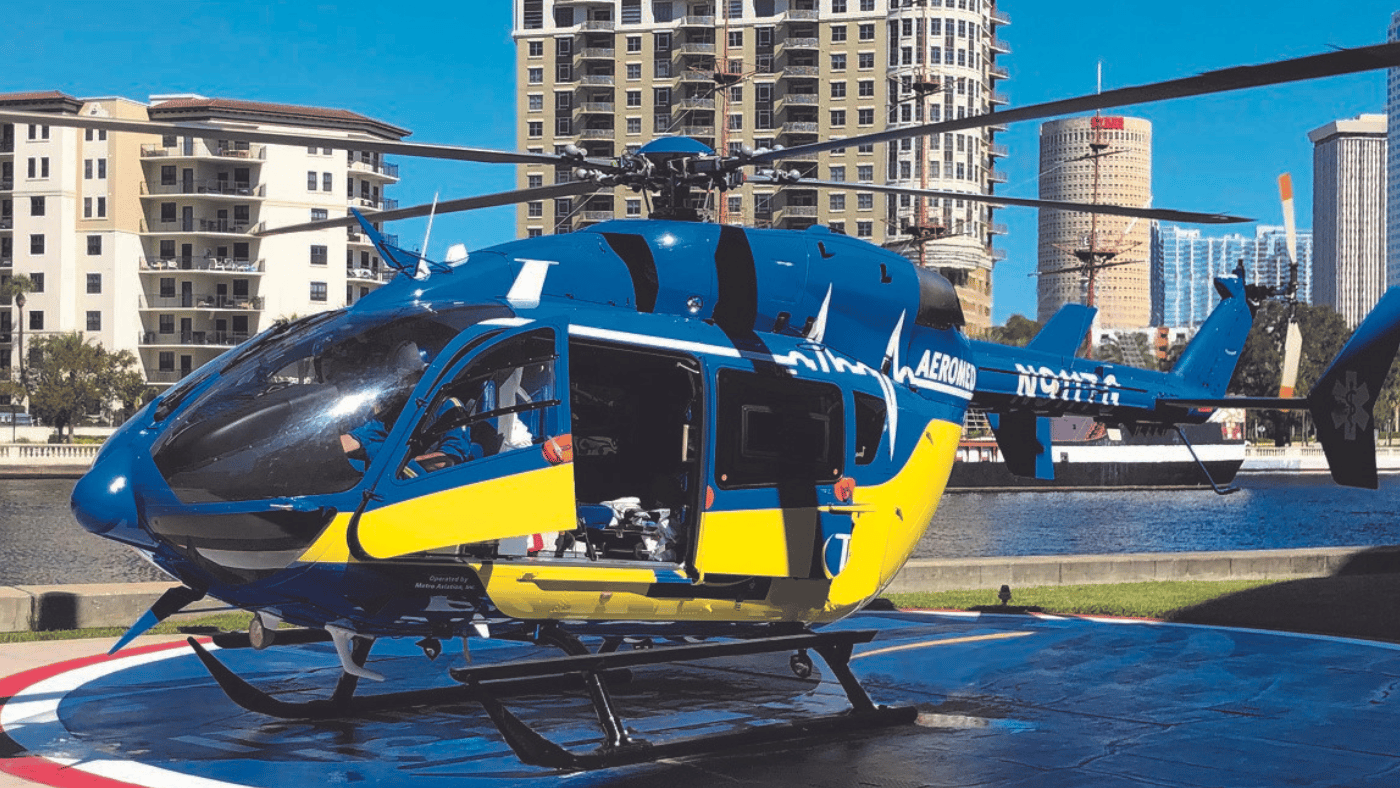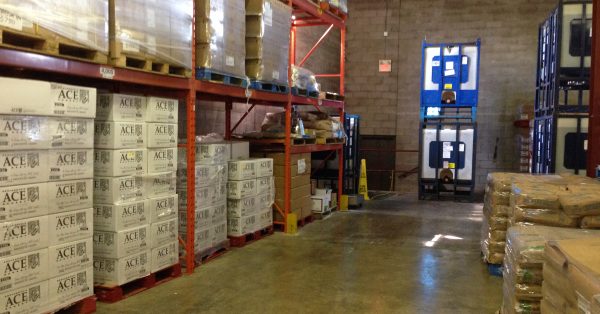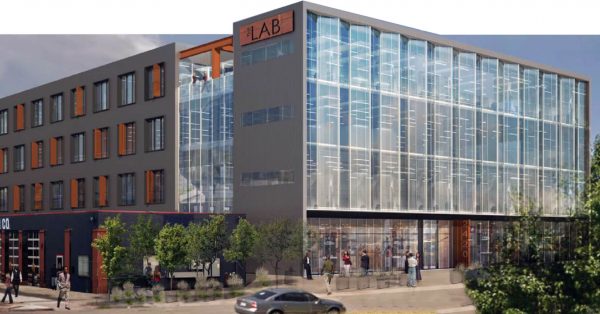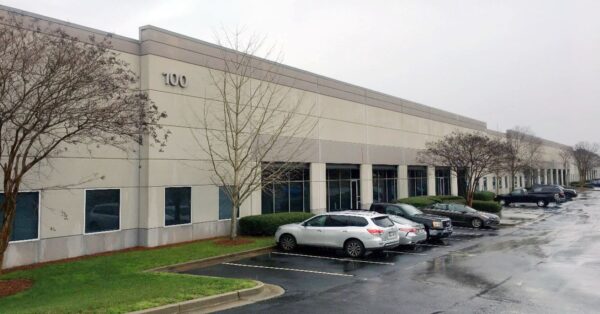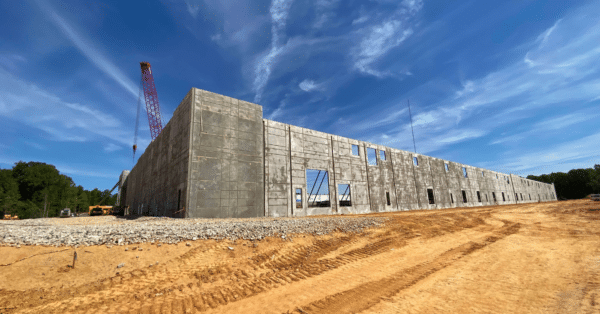The helicopter transport team transports critically ill or injured patients from surrounding counties aboard helicopters that are equipped with the most advanced life support equipment. The helicopter transport team is experienced with inter-facility transports, scene transports and specialty care.
Each helicopter transport team generally consists of the following:
- Pilot – Up front and inside the helicopter during start up.
- Crew 1 – Up front and inside the helicopter during start up.
- Crew 2 – Provides a visual assessment of the helicopter during start up and prior to take off. This includes a walk around the helicopter to observe maintenance issues. Crew 2 walks directly underneath the rotors during start up. Crew 2 enters the helicopter just prior to take off.
VERTEX’s scope of work consisted of the collection of personal noise exposure and ambient sound pressure level (SPL) measurements following Occupational Safety and Health Administration (OSHA) standards. Three employees and one ambient location were monitored during a simulated working experience. The simulation was performed using a EC145e, a twin engine light utility helicopter. It is reported to be the loudest of the Fleet. During our simulation, the helicopter transport team employees were performing their various tasks associated with helicopter operation including start up, idling, and at flight speed. The Pilot and Crew 1 simulated a typical conversation with the team as well as with dispatch and utilized the normal commands and operation in the cockpit.
After sampling, the data was downloaded to Noise Management software to be interpreted and reported. VERTEX analyzed the data to include various scenarios based on the shift variety described by the team. The crew may work 10-to-12-hour shifts. During the shift they generally encounter one to three calls for response. The average response takes approximately 65 minutes including start up, flight, idle time, and return. The crew report that the helicopter usually remains in idle mode during rescue. Calls may require further flight distance and require the crew to be exposed for up to 90 minutes each way. To accommodate the different scenarios, VERTEX calculated the noise exposure for 4-hour, 8-hour, and 12-hour exposure episodes. VERTEX evaluated the noise protection provided to the crew as well to determine if the noise reduction rating was appropriate for the tasks. Hearing protectors must reduce employee noise exposures to at least 90 dBA, unless an employee has experienced a standard threshold shift (STS). The crew generally wear helmets which offer Active Noise Reduction (ANR) technology. ANR technology possesses the ability to improve communication, reduce fatigue, and may also reduce hearing loss over time. VERTEX provided a final noise assessment report with documented observations, analysis of data and recommendations for crew hearing conservation.
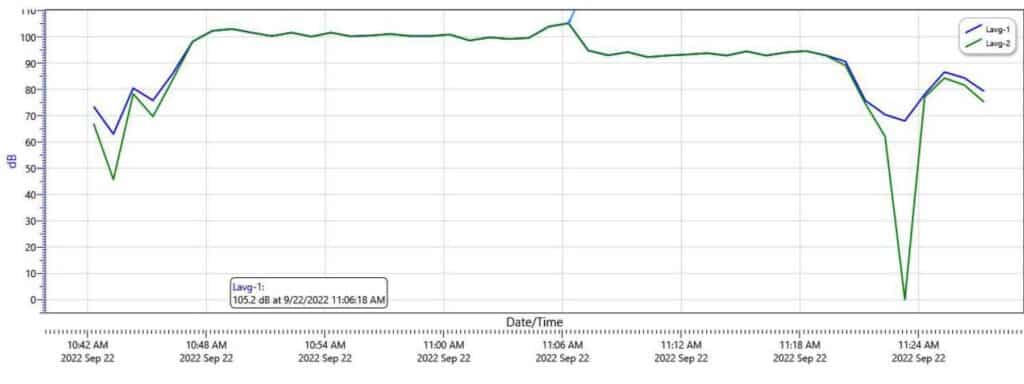
To learn more about VERTEX’s Environmental services or to speak with an Expert, call 888.298.5162 or submit an inquiry.



